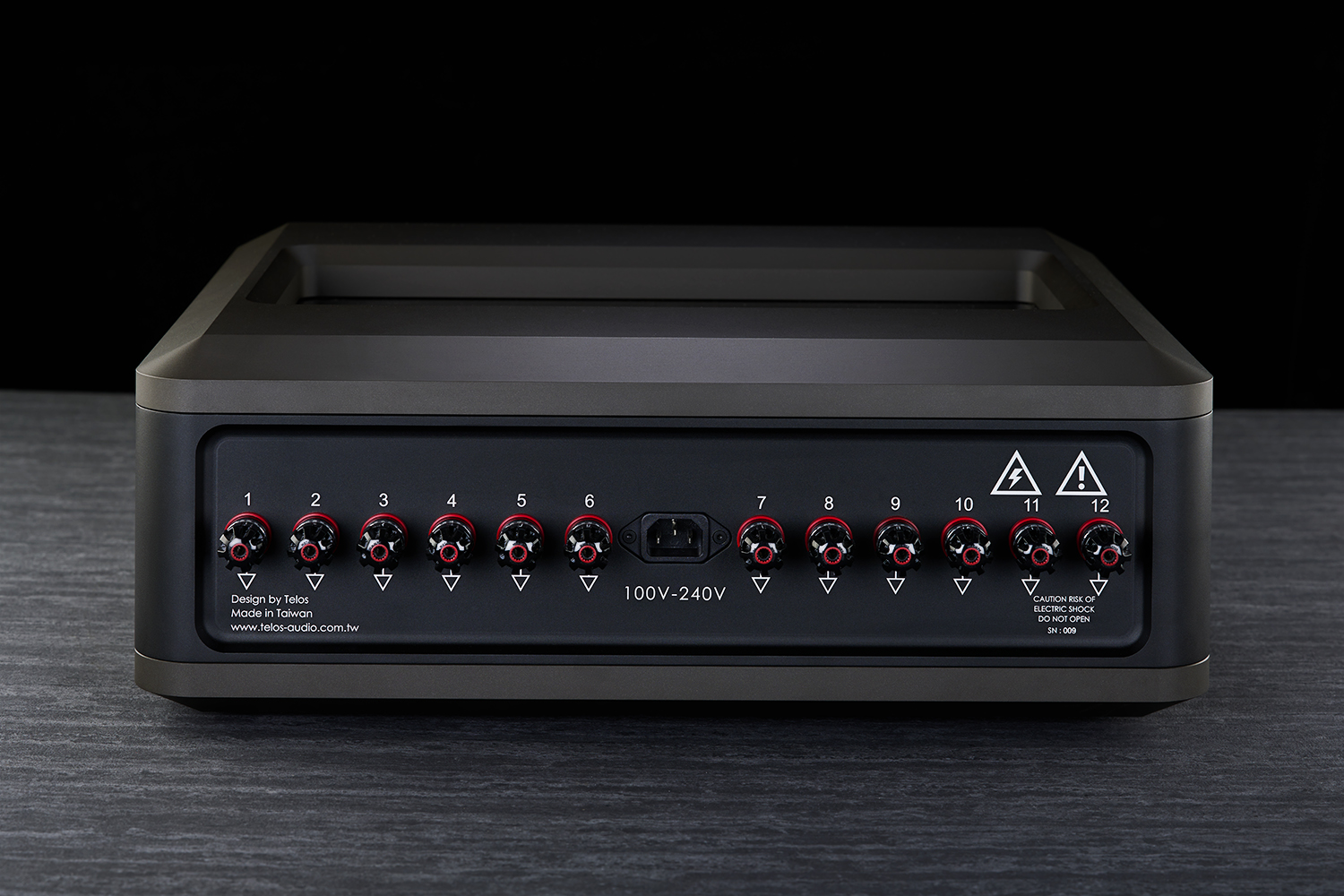
This whole process was further confused by the ground wires that arrived with the Monster: a dozen 2.0m long ground wires, with a small spade at one end and a much larger one at the other, rather suggesting an emphasis on chassis as opposed to signal grounding. Yet the Telos site shows ground wires in a whole range of standard terminations. Although I subsequently requested wires suitable for signal grounding, they never showed up, although I did eventually get confirmation that it was acceptable to use my existing grounding wires from other sources, mainly the Nordost QKore Premium grounding wires.
So before serious listening could begin I first needed to experiment with both what to connect where and how to connect it (signal or chassis). I also had to ring the changes with other PPG products in the system. Generally speaking, those PPG units might have specific strengths and weaknesses or applications, but they nearly always seem o play happily together. It’s almost a case of the more the merrier, as long as you get the system topology right.
Baby steps…
First task was to establish a suitable test system – varied enough to offer plenty of options, small enough to be manageable. I started with the CH Precision D1.5 as a player/transport, paired with the Wadax PRE 1 Ultimate DAC with its separate power supply, giving me a choice of single chassis integrated or multi-box digital elements. Pre-amp was the Connoisseur 4.2 LE, again a two-box unit with a dedicated supply, while the power amps were the latest (really quite exceptional) version of Tom Evans’ hybrid Linear B mono-blocs. Speakers were the T&T Nel Extreme. (One thing to note is that, both the Connoisseur and the TEAD units are single-ended only, with an anchored signal ground as opposed to the floating ground found in balanced designs.) The whole system was connected through a QRT QB8, with its own star ground terminal. It’s an interesting and eclectic mix, with the digital components offering dedicated grounding terminals that neither the pre or power amps possess. In the case of the mono-blocs, I took chassis grounds using the Telos spade cables. The Connoisseur needed a pair of signal grounds from a spare RCA output on each channel.
Working through the various grounding options and combinations was a time-consuming and at times circular process: I’m not going to bore you with the details steps and missteps. Instead, let’s cut straight to the results and the conclusions reached, purely on the basis of sonic and musical results.
The first and most important conclusion is that while the Monster can play nice with other PPG products – as long as you are careful with the way you configure the grounding topology – you are better off using the Telos unit as a standalone solution, just as long as you get the connection arrangements right (of which, more in a moment).
The one exception to the don’t mix and match rule was the Chord PowerARAY, which still worked its magic, irrespective of the other grounding components in the system. The results were a question of degree, but there was no doubting that the combination of the Monster and the PowerARAY together was spectacular.

